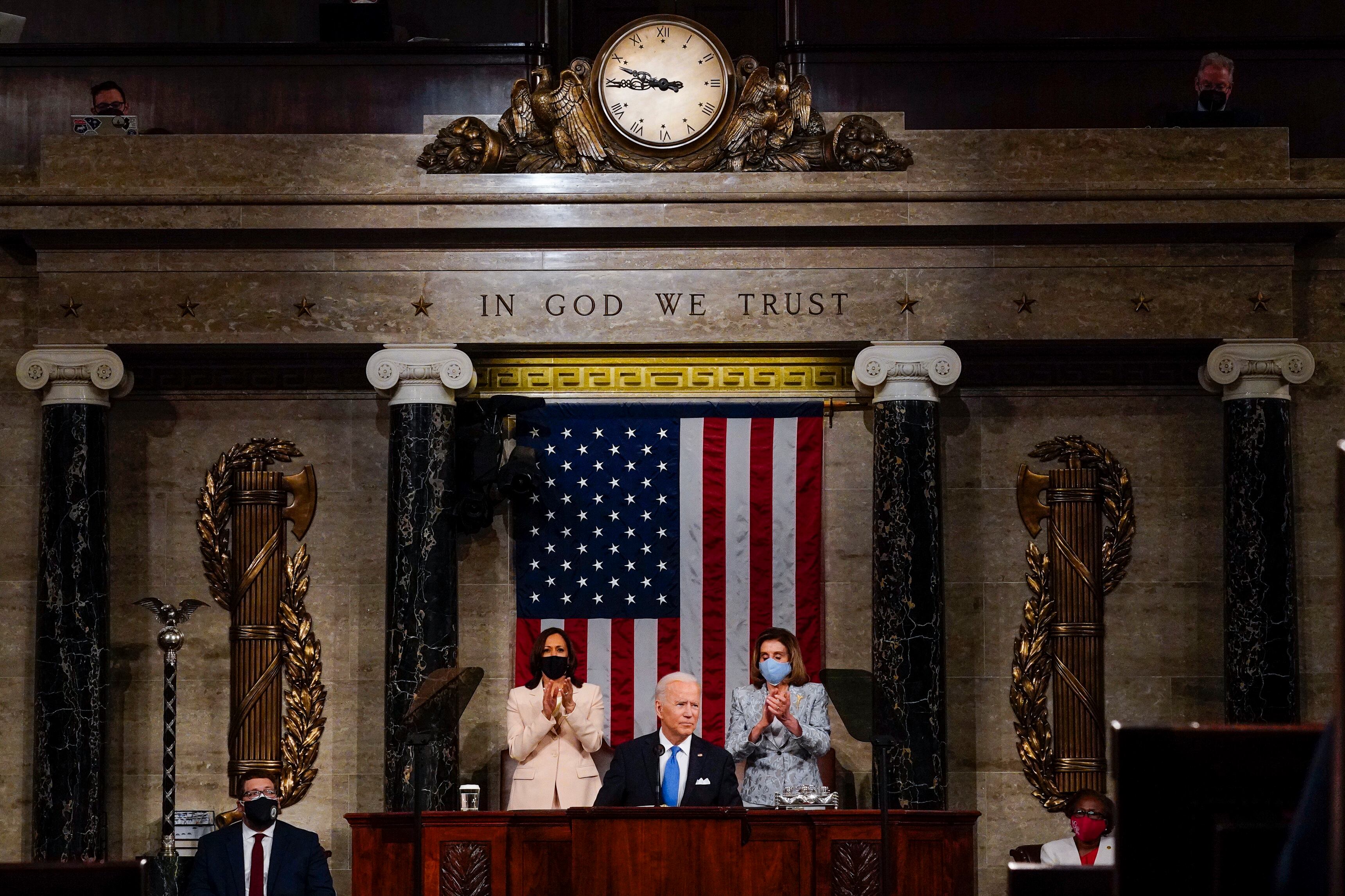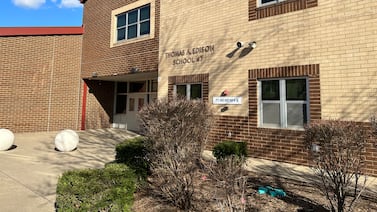President Joe Biden and his education secretary Miguel Cardona have been clear: they want to close America’s school funding gaps.
“Across the nation, schools with the most students of color received, on average, dramatically less funding than majority-white schools,” Cardona tweeted last week.
Biden has already proposed increasing federal spending on schools by doubling funding for Title I. Now, the White House is indicating it wants to go further, pushing states to change how they allocate funding to schools and addressing the problem at its root.
“Under the President’s proposal the new funds for Title I will provide meaningful incentives for states to examine and address inequalities in their school funding systems,” a White House official, who was not authorized to speak publicly, told Chalkbeat. “We look forward to working with Congress to advance this goal.”
The administration has offered no other details about how such an incentive scheme might work, and any effort by federal officials to get involved in local decisions about how to fund schools is shot through with political peril. It’s not at all clear whether the plan will draw support from key lawmakers and education groups, how much political muscle Biden would put behind this, and whether states would respond if it did become reality.
“There are hurdles in any route they go,” said Michael Dannenberg, vice president at Education Reform Now, a think tank affiliated with Democrats for Education Reform.
But if enacted, such an incentive program has the potential to reshape funding for America’s schools, most of which comes from state and local governments.
High-poverty school districts get notably less state and local funding than affluent districts in 20 states, a recent report found using data from 2018. In the most extreme cases, like Nevada, New Hampshire, Illinois, Delaware, and Maine, high-poverty school districts face disparities of 20 percent or more.
“It is just so critical that these [federal] dollars be used to drive change at the state and local level,” said Ary Amerikaner of The Education Trust, an education and civil rights group pushing for such an effort. “That’s where the ball game is.”
Those advocates see this as an opportune moment. Evidence has grown that more money for schools typically improves student outcomes. And though the three stimulus packages have sent large sums of federal money to high-poverty schools, that money will run out. If states can use this period to rework their funding formulas so that, in a few years, high-poverty schools get more, it could help those schools avoid the dreaded “funding cliff.”
“What we don’t want to see happen is we find ourselves two, three years from now with a cliff that doesn’t make it possible for any progress that we saw in the next couple years to continue,” said Khalilah Harris, managing director of the Center for American Progress, a liberal think tank. She co-authored a report last year that proposed a version of this idea, of pushing states to change their own funding formulas. (One of the other authors, Scott Sargrad, is now deputy chief of staff in Biden’s education department.)
The path from this idea to high-poverty schools seeing more state dollars, though, is circuitous and fraught.
First off, such a plan would have to get through Congress. Some Congressional Democrats say they are focused on increasing Title I funding, and are wary of connecting that to controversial additional proposals.
A Democratic House education aide said recent criticism of the program has worried some Democrats and highlighted the program’s political vulnerability, citing recent articles and reports critiquing the distribution of Title I money, which is largely based on the number of low-income students in an area. The aide, who was not authorized to speak publicly, said tying state incentives to Title I would be practically complicated and politically challenging.
Dangling federal money to get states to make education policy changes also remains a dicey proposition in the wake of Race to the Top, the Obama-era program that encouraged states to adopt the Common Core standards and revamp their teacher evaluations and later prompted a backlash. An incentive fund that Biden proposed as part of the stimulus was scrapped after some groups viewed it as akin to Race to the Top.
“Race to the Top burned a lot of people,” Harris said.
One education group is already sounding a lukewarm note, saying the federal government’s focus should be on making sure its own dollars are doled out effectively, not trying to influence states.
“If you’re using a heavy-handed carrot, it becomes even more important for the federal government to have its own house in order,” said Noelle Ellerson Ng of AASA, the school superintendents association. “We’re going to prioritize getting the federal formula right first.”
Additionally, pushing states to change their formulas would only help close one kind of funding gap facing American schools: the kind between a poorer district and its wealthy neighbors. But that’s not a universal issue. While some states spend less on high-poverty schools, many others spend more. Differences in spending between states, like Alabama and Massachusetts, drive national divides in school spending.
“The sweeping assertions of inequitable finance within states are inaccurate,” said Rick Hess, director of education policy studies at the American Enterprise Institute, a conservative think tank. “The big differences are state to state, but that also reflects economies and cost of living.”
Still, any increase in Title I funding is likely to help high-poverty districts and those serving more students of color, narrowing those gaps across states.
If the Biden administration ties some of that increase to state-level changes, the question will be, will states respond?
Debates about funding formulas can consume state politics, and making changes is inevitably controversial, particularly if they mean some districts lose money. To get states to move, then, the carrot might have to be really large. In fact, Title I already has incentives meant to push states to spend more on their schools, but there’s little evidence they have made much difference.
“I think it requires massive and massive amounts of money,” said Dannenberg.
The White House official indicated that the incentives would come at least partially from this new $20 billion Biden has proposed for Title I. If passed, that increase would be the largest in the program’s history, but it’s unclear if the amounts would be enough of a lure for states.
And if a state kept a formula deemed inequitable and lost out on new federal funds, that could leave its students doubly disadvantaged. Even with a big incentive, “you may still have some states that say, screw it, we’re going to go rogue,” said Bruce Baker, a school funding researcher at Rutgers University.







